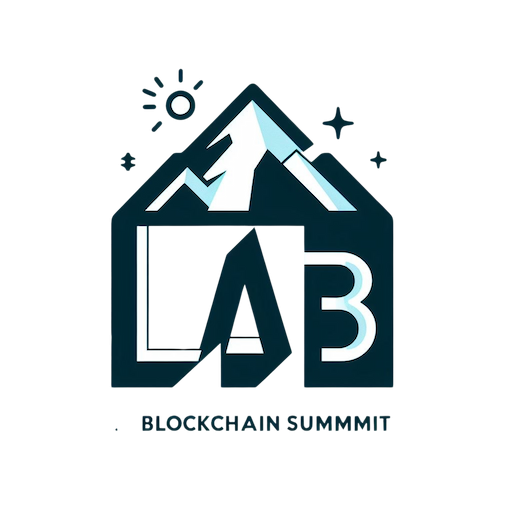Emotiq was a Proof-of-Stake (PoS) decentralized blockchain that used a Practical Byzantine Fault Tolerant (pBFT) consensus protocol with strong consistency. This combination aimed to provide a negligible chance of forks occurring in the blockchain, allowing for quick finality and a weighted proof of stake model that required validators (aka nodes) to stake EMTQ tokens.
The chances of them being selected as a “lead” validator for each new block were determined through cryptographic sortition, which took into account the percentage chance of each validator.
Aiming to Solve Three Blockchain Challenges
Emotiq aimed to solve three primary core challenges present in blockchains: scalability, transaction throughput, and privacy.
- It was built on top of OmniLedger technology to achieve greater scalability and transaction throughput, with the combination of Proof-of-Stake and sharding technology allowing for thousands of transactions per second with potential for even more.
- MimbleWimble was incorporated to prune old and spent transactions from the blockchain, resulting in a small blockchain size that allowed new nodes of the network to efficiently validate the blockchain without requiring extensive storage.
- One of the key features that differentiated EMTQ from other blockchains was the introduction of Ring, a natural smart contract language that aimed to allow everyday users to create smart contracts in simple plain English. Users could independently create and test smart contracts in the “Ring Virtual Machine Sandbox” before deploying them live on Emotiq’s blockchain.
It’s Smart Contract System
Emotiq’s smart contract system also offered machine language translation of any Solidity (EVM) smart contracts into Ring, making it easier for developers to transition to Emotiq’s platform. The EMTQ token was a utility token that would be used to pay for computing power and resources consumed, similar to Ether being used on Ethereum to pay for “gas” that is used throughout the Ethereum network.
Team, Investors, and Partners
The Emotiq (EMTQ) team, led by Founder and CEO Joel Reymont, was a group with significant programming experience. Reymont, who previously served as CTO of Aeternity, was joined by a team with a strong technical background across programming languages and application settings. However, specific details on advisors, investors, or partners (with the exception of the Chinese crypto investment firm Thomas Capital) were not publicly available.
Emotiq’s roadmap began in 2018 and included plans for its mainnet launch in Q4 2018. This followed a private raise of $39m USD for 51.25% of total tokens, valuing the project at $76.5m. The EMTQ token followed a deflationary schedule, with a fixed percentage of yearly transaction fees intended to be burnt. The team, advisors, and partners were to receive 35% of the tokens, while 13.75% were designated for a foundation reserve.
Emotiq’s whitepaper and yellow paper provided a high-level overview of features and technical details, and their GitHub was open-sourced. The project received positive feedback from experts like Andre Cronje, who expressed his positive assessment of the code quality.
The Roadmap
Emotiq’s roadmap spanned throughout 2018, with the launch of their mainnet scheduled for Q4 2018 and the testnet slated to be released in late June or early July.
The project was privately raising $39m USD for 51.25% of total tokens, with a fully diluted market cap valuing Emotiq at $76.5m.
The EMTQ token followed a deflationary schedule with a fixed percentage of yearly transaction fees being burnt, but further details of how the deflationary schedule would work had not been released.

The Full Story and Context Behind Its Introduction
Every revolutionary technology has a story. It begins with a bold idea, faces determined opposition, and requires relentless refinement to achieve its potential. The blockchain is no exception.
In its early years, a mysterious figure named Satoshi Nakamoto unveiled a vision for a decentralized financial system. This concept, the blockchain, challenged traditional institutions. Early enthusiasts nurtured this vision, developing the infrastructure for this new technology. Yet, it remained largely unknown to the broader public.
The blockchain needed to evolve to achieve mainstream adoption. It needed greater speed, security, and, crucially, accessibility for everyday users. This is the context where the Emotiq project emerged.
Emotiq and the Quest for Accessibility
The Emotiq project sought to create a blockchain that was not only scalable and secure but also easy to use. They were inspired by an old-school text-based adventure game called Zork. In Zork, players interacted with the world using simple commands like “open chest” or “fight troll.” The game demonstrated the power of intuitive interaction.
The Emotiq team envisioned a similar level of accessibility for smart contracts, the self-executing programs that power blockchain applications. They developed Ring, a programming language that used plain English instead of complex code. Ring aimed to democratize smart contract creation, allowing even those without technical backgrounds to harness the power of the blockchain.
Challenges and Refinement
Emotiq represented an ambitious attempt to increase scalability and privacy. However, unlocking the blockchain’s full potential demanded ease of use. Ring addressed this critical challenge, allowing more people to directly create and utilize smart contracts for various purposes beyond just technical experts.
While the exact fate of the Emotiq project may be unclear, its efforts highlight a crucial stage in the blockchain’s development. Projects like Emotiq played a vital role in driving the blockchain’s evolution toward greater accessibility, a necessary step for broader adoption.
Key Points on What Emotiq Was
- Emotiq was a Proof-of-Stake blockchain that aimed to provide scalability, high transaction throughput, and privacy through the use of a Practical Byzantine Fault Tolerant consensus protocol, sharding technology, and MimbleWimble.
- It also introduced Ring, a natural smart contract language that aimed to allow everyday users to create smart contracts in simple plain English.
- The EMTQ token was a utility token used to pay for computing power and resources consumed on the network.
Expand Your Knowledge
See real-world applications of blockchain to discover how blockchain is transforming various industries.
